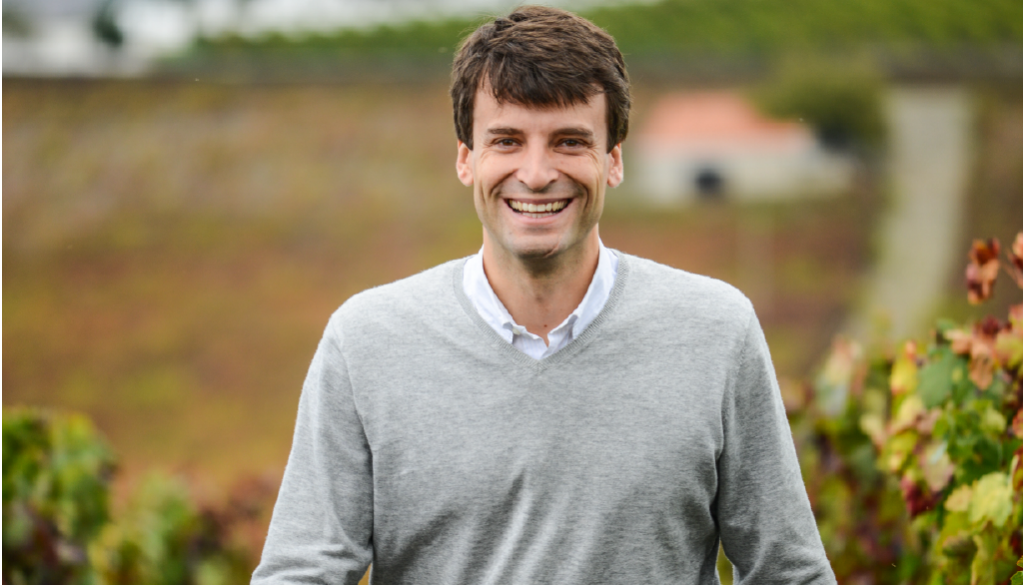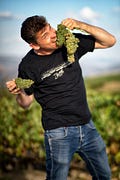Making orange wine in the Douro Valley - Part 1

It started with a seemingly innocent question from Oscar Quevedo: "Simon, do you know how to make an orange wine?". Oscar isn't stupid of course, he knew damn well I'd have something to say on the subject.
We were sat in the tasting room at Quevedo, a port and still wine producer in the Cima Corgo sub-region of the Douro valley, on a typically roasting h…
Keep reading with a 7-day free trial
Subscribe to The Morning Claret to keep reading this post and get 7 days of free access to the full post archives.



